The Retirement of Pensions

Pensions were a touchstone of stable mid-20th-century employment, at a time when unions were strong and employers were eager to incentivize workers to stick around long enough to receive a company watch engraved with “for 30 years of service.”
But starting in the 1970s, the government began tightening regulations around pensions to ensure that companies wouldn’t default on their obligations to retired employees. Meanwhile, businesses realized the costliness of guaranteeing lifetime retirement payments.
In response, companies ditched pensions for 401(k)s, which rely on employee contributions often matched by the employer. This shifted the responsibilities and risks of retirement planning from employer to employee, but gave workers more flexibility as job hopping became the norm.
401(k) vs. pension
There’s pros and cons to both. While pensions guarantee a steady income stream, payments sometimes aren’t indexed by inflation, which can erode their value over time. On the flip side, 401(k)s are subject to market fluctuations and require financial literacy. Plus, the plans are often unavailable to non-white collar employees, leading to more inequality.
Is the status quo sustainable? BlackRock CEO and economist Larry Fink says no. He wrote to investors earlier this year, advocating for an overhaul of the retirement system to adapt to an aging America with longer life expectancies. He proposed bolstering retirement savings programs and floated the politically fraught idea of raising the retirement age.—
